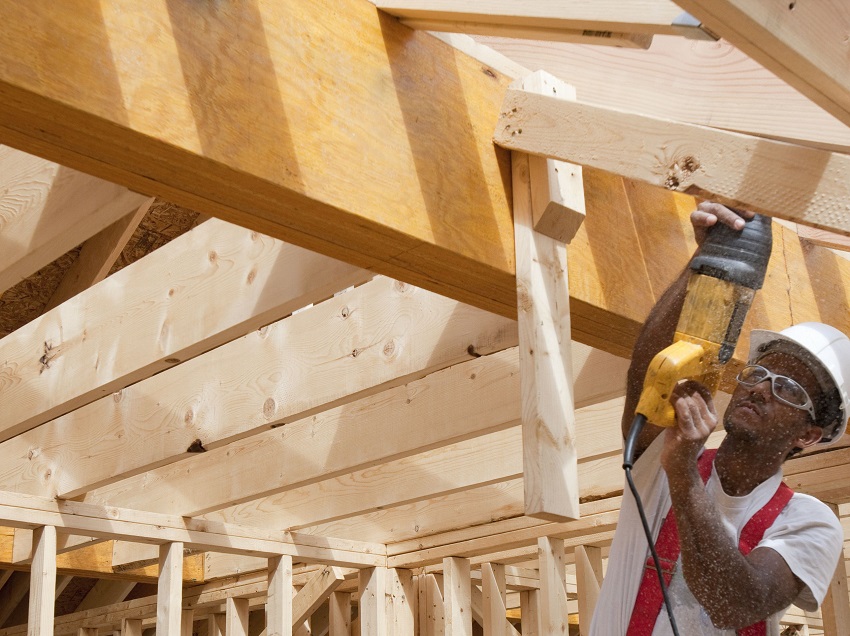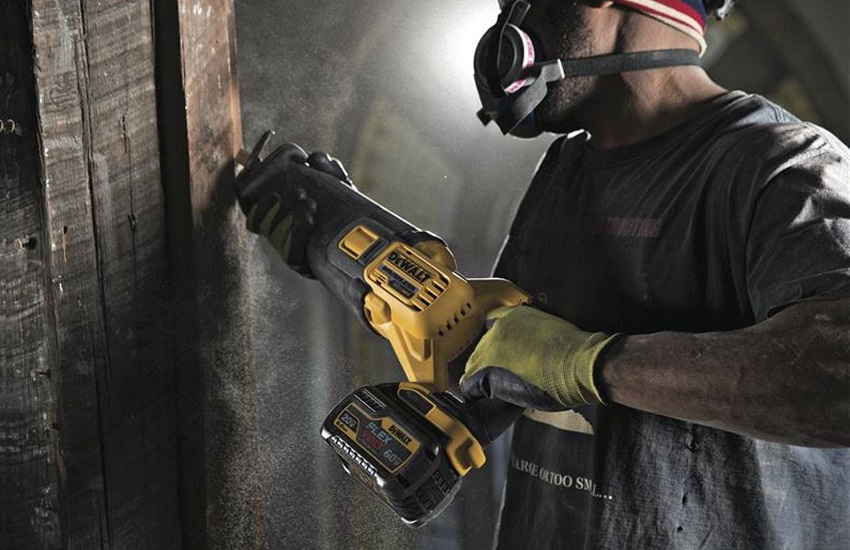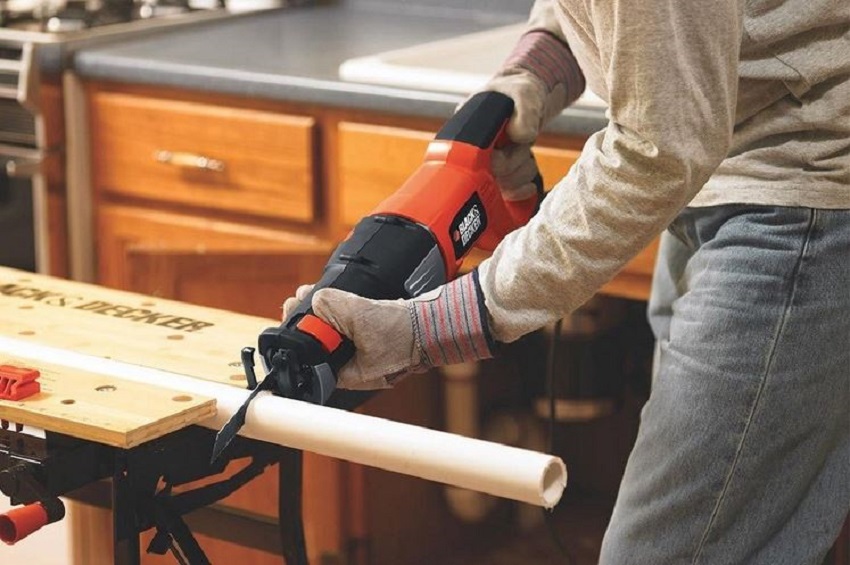When strolling through the aisles at your local hardware store or browsing the internet for the best reciprocating saw, you’ll come across a wide range of models that differ from one another in different ways. Each of these models is suitable for a specific type of job, whether it be light, medium or heavy-duty, and they can vary in performance, portability, ease of use, etc.

source: thespruce.com
That being said, it’s important to know what type of projects or tasks you’re going to be working on before buying a new reciprocating saw model. The first thing you’ll have to consider is whether you want a corded or cordless model, which is how these tools are categorised at the most basic level.
Contents [hide]
Corded Reciprocating Saws
These units need to be plugged into a power socket to operate. They’re generally more powerful than the cordless reciprocating saw Australia stores have to offer and are mainly used for applications that require more brute force. Since they’re plugged with a cord, you won’t have to worry about the added weight of a battery and recharging it as you would with a cordless model. However, on the downside, you’re pretty limited as to where you can use it since you’ll always need to have a power socket nearby.
Cordless Reciprocating Saws
Cordless saws are the number one option if you want a portable solution. Since there’s no need for a cord to be plugged into a power outlet, you can use cordless reciprocating saws in any setting and situation, fitting a variety of uses and needs. Many one-handed reciprocating saw Australia models you’ll find are less powerful than saws that require two hands to be operated, but they can be fitted in tighter and more awkward positions, and they won’t fatigue you as much. The power source of cordless models comes from rechargeable batteries that usually have a few hours of battery life and require about thirty minutes to recharge. Unlike corded models, you don’t have to worry about having a power outlet nearby every time you need to use the unit. As aforementioned, cordless models are usually less powerful than corded models, but the gap is slowly closing thanks to the improvements in battery and motor technologies.

source: roccommerce.net
Basic Features to Consider
As with most power tools, reciprocating saws have a set of foundation features that make up their design. The most important ones to be aware of include the motor and the stroke length and rate.
Type of Motor
The motors found on modern reciprocating saws can be either brushed or brushless. Brushed motors are the standard, and they are fitted with two basic parts – a commutator and brushes that are responsible for passing through energy within the motor. The main difference between brushed and brushless motors, as their name implies, are the brushes. Like most tools, carbon brushes get worn and torn after some use, which means you’ll lose out on quality and effective output.
Brushless motors, on the other hand, don’t have any carbon brushes and a commutator, and instead are equipped with an electronic circuit board that dictates energy delivery. This circuit board can adjust the energy output accordingly, which means it won’t draw on all the energy unless it really needs it to perform a task. Brushless motors are more powerful due to the fact that they eliminate the unnecessary friction that comes with brush motors.

source: athsalumni.org
Stroke Length and Rate
Both of these features are essential to the makeup of the saw. Stroke length represents the length of which the saw’s blade will travel upwards and downwards. The higher the number of the stroke length specification, the larger the blade will travel in both directions and the more efficient the reciprocating saw will be. This is due to the fact that the higher the stroke length, the more teeth will cut through the material in each stroke.
The stroke rate, on the other hand, is represented in SPM (strokes per minute) and it measures how fast the saw will move up and down in a minute. You’ll find saws with a stroke rate of anywhere from 2000 to 3500 SPM. Ideally, you want a saw with a high stroke length and rate for efficiency, but more is not necessarily always better, which is why you need to factor in your budget and settle for the best model that fits your price range.
Variable Speed Trigger
This is one of the most useful features found on most saws today. It’s located on the side of the saw, and it’s a small trigger that controls the speed of the blade. There are many cases where you wouldn’t want to rip through materials at high speeds, so the variable speed trigger lets you apply the correct speed necessary to complete the job without damaging the saw’s blade or the material being cut.










